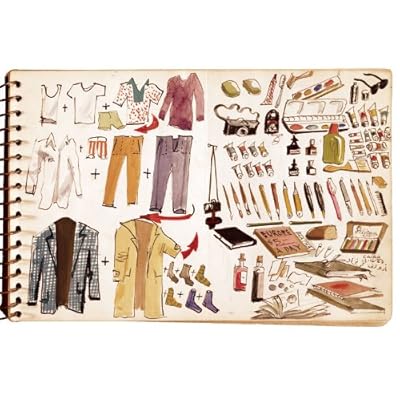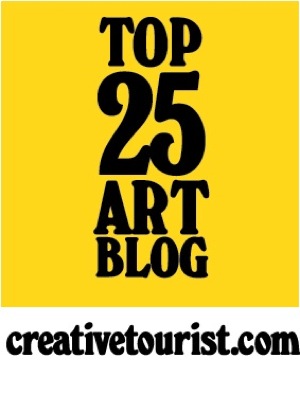
This weekend I’ve been completely engrossed in Important Artifacts and Personal Property From the Collection of Lenore Doolan and Harold Morris, Including Books, Street Fashion and Jewelry: a love story told in the format of an an auction catalogue. Created by Canadian artist Leanne Shapton, the book was initially inspired by the catalogue from an auction of Truman Capote’s personal effects, which Shapton interpreted as a kind of autobiography of Capote’s life, albeit one characterised by ambiguities and ellipses.
Important Artifacts may initially appear to be a straightforward series of black and white photographs of auction lots, with accompanying captions, but it quickly becomes clear that this book is in fact a sophisticated work of fiction that skips gleefully across the boundary between experimental novel and conceptual artwork. The four-year relationship between New York couple Lenore and Hal is sharply and vividly unravelled through a fascinating array of ephemera, relics and personal possessions that give us, as readers, the illusion of taking an intimate, not to say illicit peep into a stranger’s private world. Completely mesmerising...



[All images from Important Artifacts and Personal Property From the Collection of Lenore Doolan and Harold Morris, Including Books, Street Fashion and Jewelry by Leanne Shapton]

 till feeling too rubbish to do anything, go anywhere or see any interesting art... so instead you'll have to make do with more things off the internet that have entertained me during my sojourn on the sofa.
till feeling too rubbish to do anything, go anywhere or see any interesting art... so instead you'll have to make do with more things off the internet that have entertained me during my sojourn on the sofa.




























